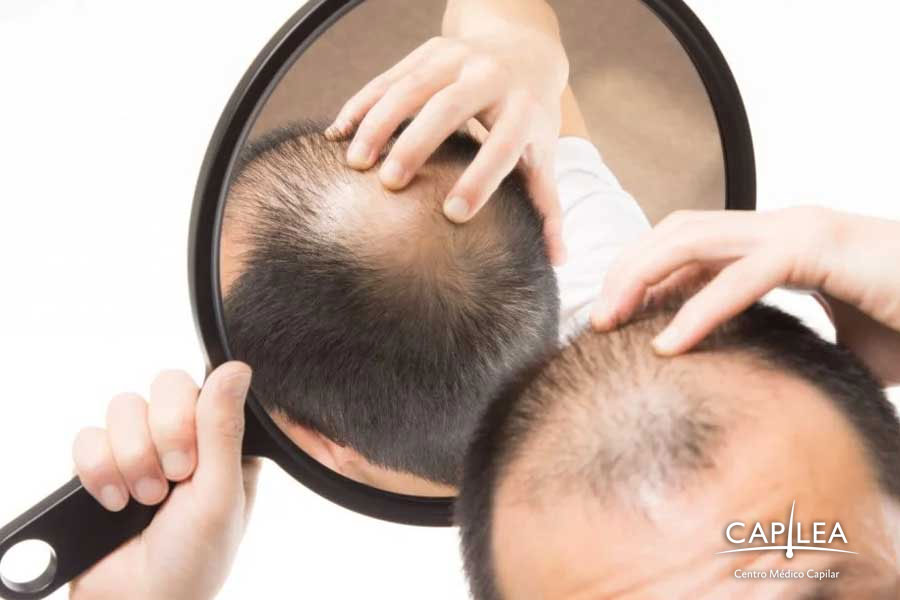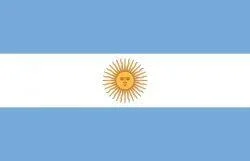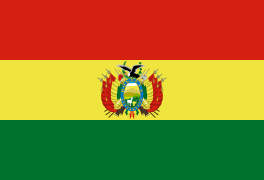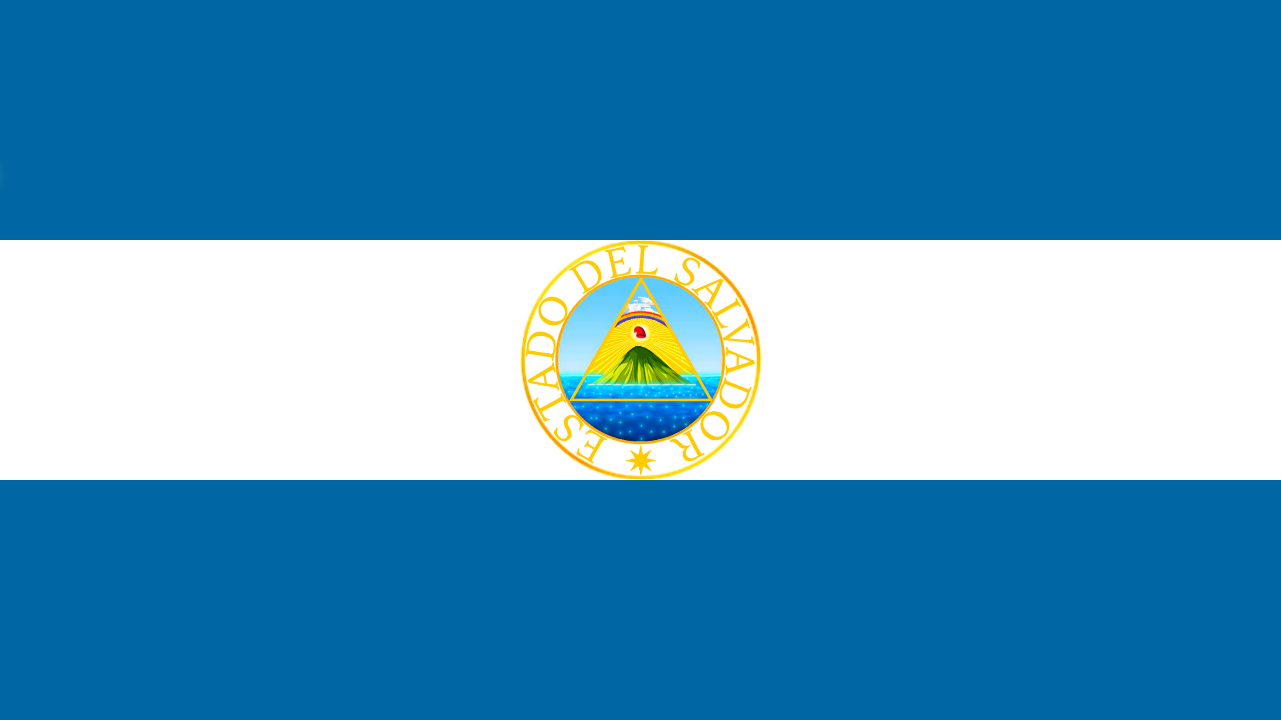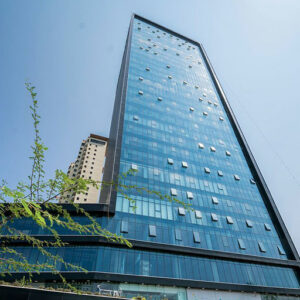Si estás pensando en realizarte un injerto capilar (o recién te lo hiciste) y quieres conocer el cómo se vive día a día, este artículo es el indicado. Para una evolución correcta de la operación de un trasplante capilar es necesario tener un sumo cuidado en la zona receptora y así poder obtener resultados favorables.
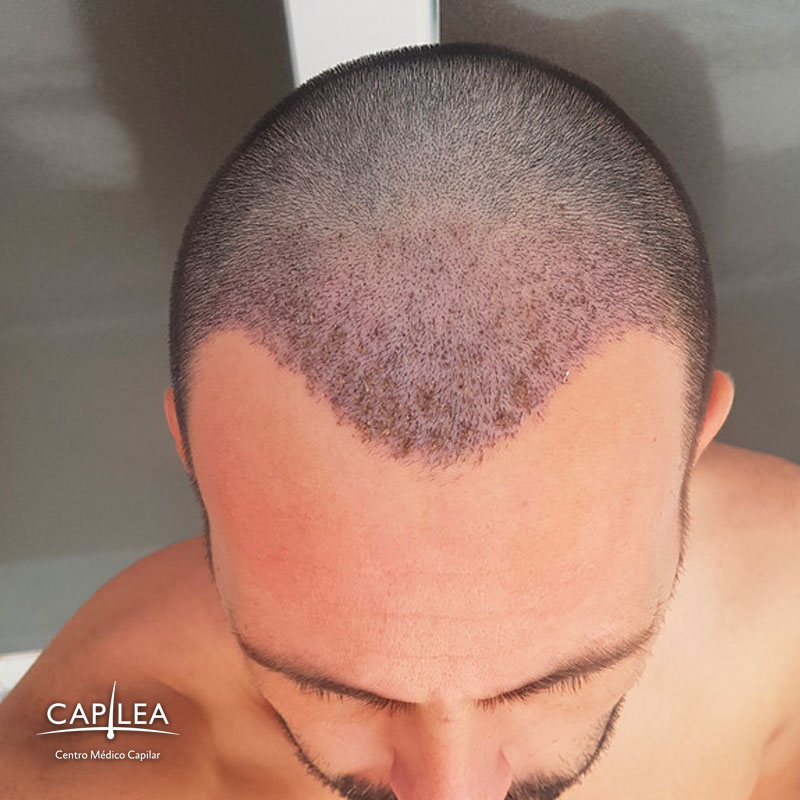
Lo primero que debes de saber (y es el más punto más importante) es no tocar la zona injertada. Por ningún motivo deberás frotarla con nada. Entre mejor protejas esta zona, más rápido será la recuperación. Teniendo esto en mente, conoce a continuación cómo luce un trasplante capilar normal en el día a día.
Aspectos normales de la zona de cabello implantado
Hinchazón
Sangrado ligero
Implante capilar día a día
Para nosotros, es relevante que conozcas cada etapa que vivirás como paciente de un implante capilar día a día y así tengas una mayor confianza en el proceso. A continuación te lo detallamos.
Día 0
Con día cero nos referimos al día en el que se hizo el trasplante. El paciente tendrá un vendaje en la cabeza. Lo primordial es descansar muy bien, comer sanamente y dormir es una posición correcta. En nuestro artículo «Cómo dormir después de un injerto capilar» te damos algunas recomendaciones generales para que puedas descansar sin dañarte la zona receptora. También deberás mantener tu cuerpo hidratado y evitar el cigarro y el alcohol. Hidrata la zona receptora con lo que tu médico te prescriba.
Días del 1 al 3
En el primer día, es probable que comience la aparición de algunas costritas en la zona injertada. Deberás tomar tu medicación y la hidratación que te haya recomendado el especialista y seguir durmiendo sin tocar la zona. En estos días verás que la zona donante sana muy rápidamente y no necesita de rigurosos cuidados. No laves el cabello.
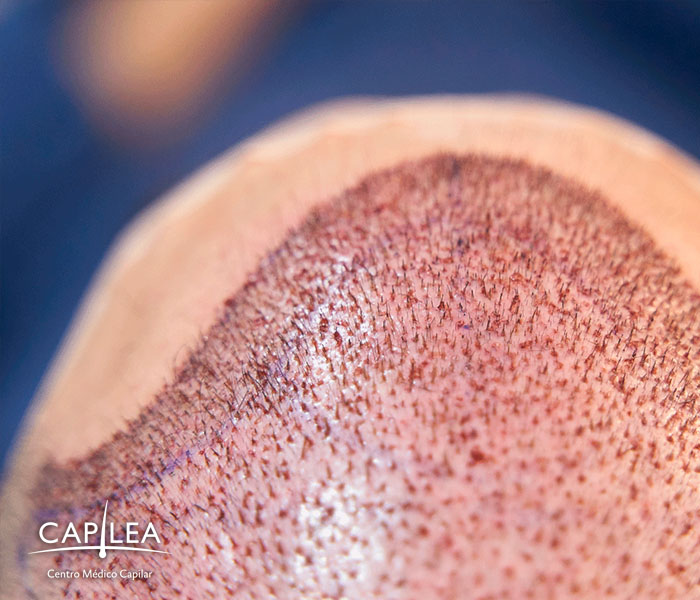
Día 4
Es el día en el que puedes lavar tu cuero cabelludo con sumo cuidado utilizando un jabón de pH neutro. Recuerda que aún no debes de frotar la zona, solo debes de hacerlo de forma extremadamente suave. Una buena táctica es mojar una esponja con agua y jabón y exprimirla en el cuero cabelludo, y así evitar dañar la zona. Para enjuagar, al final puedes remojar la esponja solamente con agua y exprimirla en la cabeza. No mojes la cabeza directamente en el chorro de agua.
Días del 5 al 9
En estos días ya habrá muchas costras pequeñas, las cuales se irán cayendo a partir del día 10. El día exacto en el que se caigan dependerá de la cicatrización de cada cuero cabelludo. Puedes continuar lavando tu cabello con mucho cuidado y durmiendo sin tocar la almohada.
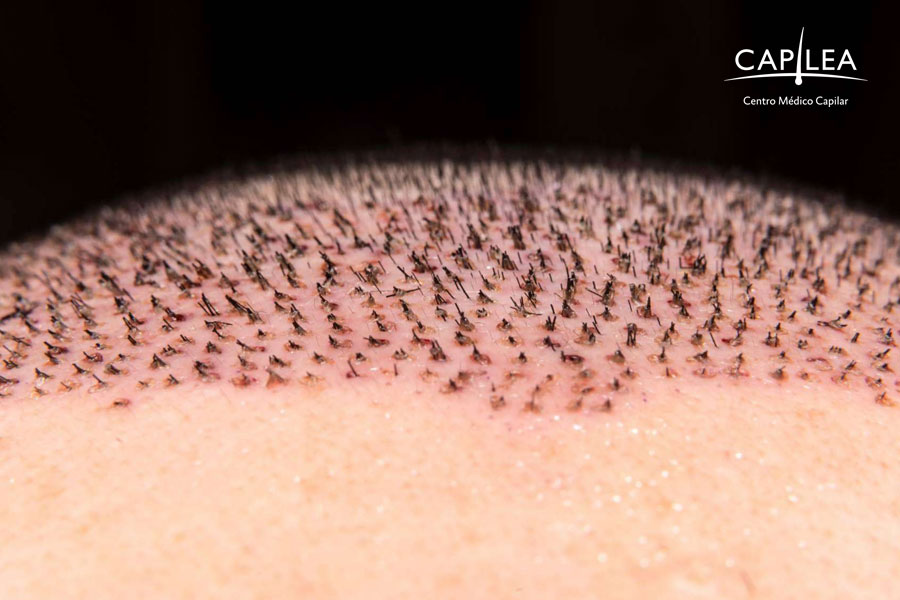
Día 10 en adelante
A partir de este día se considera que los folículos ya se encuentran en una zona segura, pero por precaución se deberá seguir cuidando la zona, evitando el uso de casco, nadar o hacer ejercicio intenso. Evita sudar y exponerte directamente a los rayos del sol.
Algunos pacientes experimentan picor en la zona del injerto capilar, esto es debido a la cicatrización, no es un motivo de alarma. Alguna crema hidratante o medicamento puede ayudarte a calmarlo. Consúltalo con tu médico.
Alrededor de la segunda semana será posible dormir como normalmente lo hacías y al bañarte podrás masajear suavemente la zona.
Pocos pacientes experimentan a la tercera o cuarta semana la caída de los cabellos nuevos, si te llega a suceder en estas semanas, ¡no te alarmes! (lo explicamos en el siguiente párrafo). Las costras irán desapareciendo.
Primer y segundo mes
Se comenzarán a caer las primeras costras y los cabellos nuevos (no el folículo piloso) lo cual es parte del proceso postoperatorio, pues el cuero cabelludo se está adaptando a algo que ya no tenía, a este momento se le llama Shock loss y es un efecto secundario del trasplante capilar.
Se puede decir que es la etapa más difícil y lenta para el paciente, no de forma física (debido a que no hay incomodidades) sino de forma emocional, porque se comienzan a perder los cabellos, lo cual resulta estresante y desesperante para la mayoría de las personas. La espera para ver el crecimiento de nuevo puede resultar tediosa.
Después de este tiempo ya no es necesario ningún cuidado riguroso.
Entre el tercer y cuarto mes
Es aquí cuando el cabello vuelve a crecer de nuevo. Ahora sí, el paciente entra en la etapa en la que el nuevo pelo es el resultado favorable del injerto capilar, el cual ¡no se volverá a caer!
Tienes que tener paciencia. Es un proceso lento, progresivo y varía en cada persona. Primero irá saliendo fino y con una menor densidad, y conforme vaya pasando el tiempo será más grueso y denso.
En un tiempo más, dirás: «valió la pena la espera».
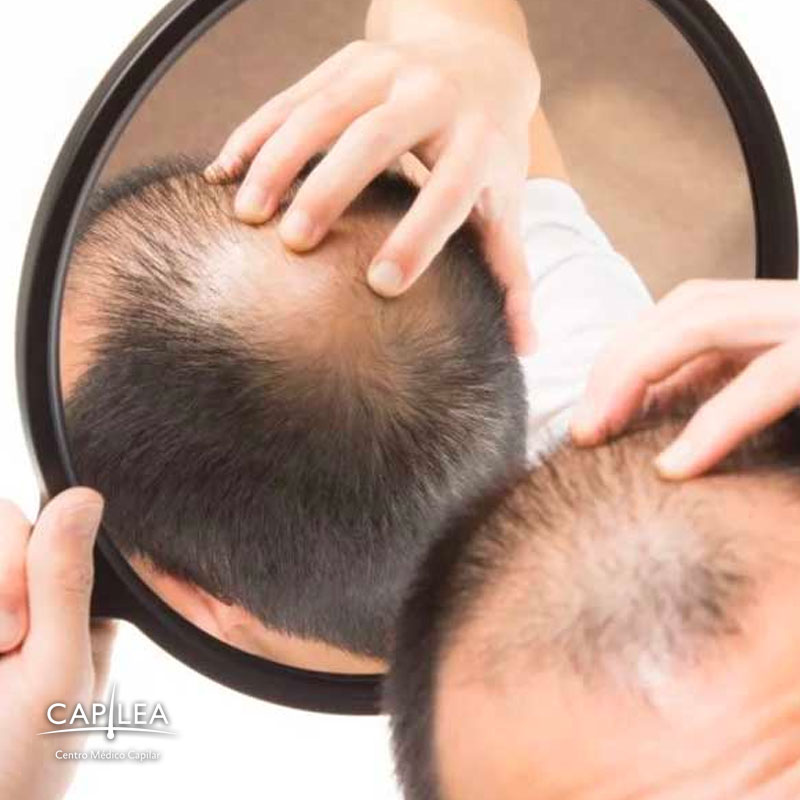
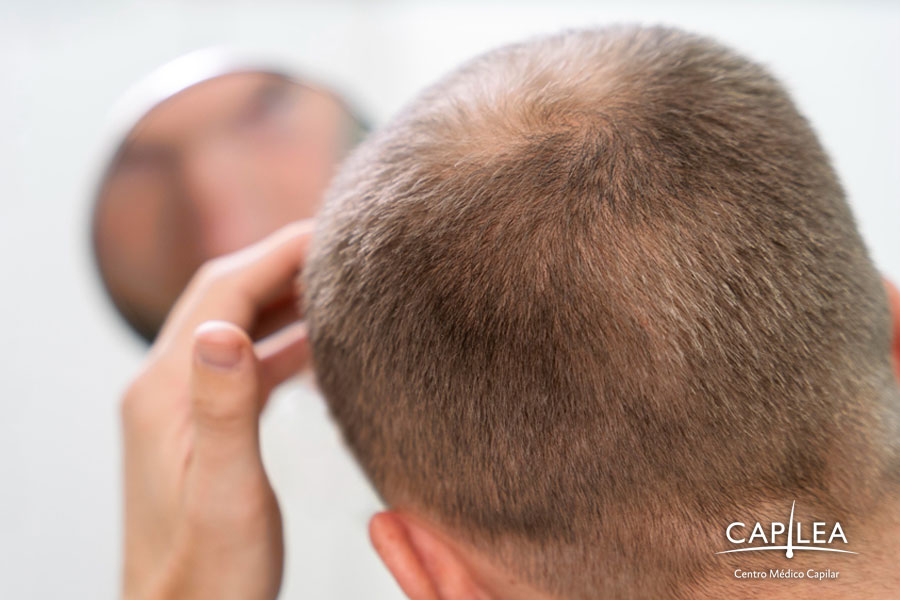
Quinto y sexto mes
Hasta esta temporada se puede observar considerablemente los avances. El rebrote de pelo es evidente y los cabellos son más gruesos. La alopecia ha desaparecido y hay una sensación de mayor densidad capilar en la zona receptora. El cabello continuará creciendo y lo más importante es que ¡no se volverá a caer!
Cuidados generales del cuero cabelludo
- No raparse el cabello
- No beber alcohol ni fumar en exceso
- Alimentarse sanamente y mantenerse hidratado
- Evitar la exposición solar
- No hacer actividad física intensa
- Lavar el cabello y dormir cuidadosamente
- Tomar los medicamentos o utilizar los ungüentos recomendamos por el médico especialista
Alimentos que benefician la recuperación del injerto capilar
Almendras: son un fruto rico en vitamina E, la cual ayudar a proteger las células contra los daños causados. Fortalece, hidrata y nutre el cabello.
Salmón: es un alimentorico en ácidos grasos Omega-3 y fortalece los folículos. Es rico en vitamina b12 y ayuda a reducir la fase de caída.
Lentejas: esta legumbre es rica en hierro y zinc, nutrientes que aseguran la circulación sanguínea del cuero cabelludo.
Espinacas: este vegetal verde es rico en vitamina A, C, ácido fólico, hierro y zinc. Se ha demostrado que la falta de estos nutrientes favorecen a la alopecia.

Es normal tener dudas, sentir temor y puede que hasta la razón te diga que el realizarse un injerto capilar es un proceso doloroso, pero la verdad es que con buenos cuidados y una clínica adecuada esto se aleja de la realidad.
En Capilea, nuestro equipo profesional resolverá todas tus preguntas para que estés informado de cada etapa y obtengas resultados favorables. Contamos con 2 centros médicos capilares, uno en Tijuana y otro en Monterrey. ¡Pregúntanos por nuestras promociones de temporada!

